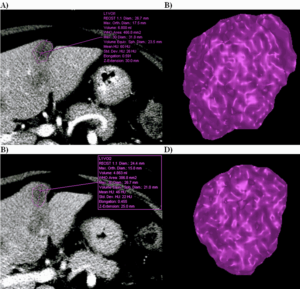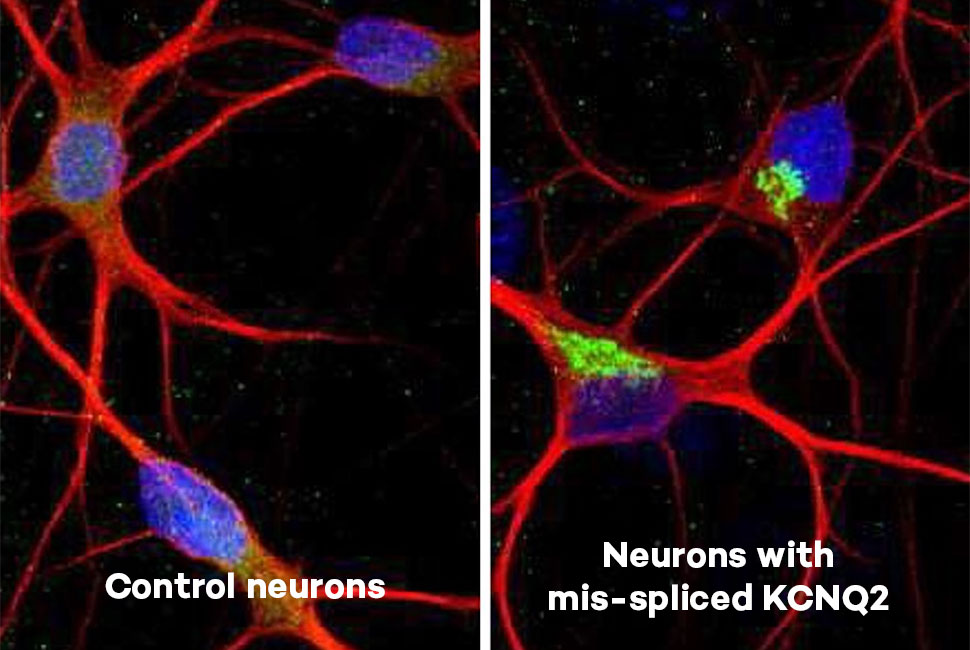
Northwestern Medicine scientists have found a better way to measure how patients with breast cancer liver metastasis respond to treatment.
Cancer spreads to the liver in about 40 to 50 percent of patients with metastatic breast cancer. This metastasis is associated with poor prognosis, but there are therapies that attempt to control its growth and prolong patients’ short survival rates.
“It’s really important to know how patients are responding to these therapies,” said Vahid Yaghmai, MD, ’97 GME, professor in Radiology and principle investigator of the study. “If somebody has only a few months to live, you cannot wait long to find out if a tumor is shrinking. If the patient is not responding to therapy you need to change that therapy quickly.”
Currently, Response Evaluation Criteria in Solid Tumors (RECIST) is the most widely accepted method for accessing how much the size of a liver metastasis tumor has changed with therapy, typically using imaging techniques such as a CT scan. The RECIST method is simple, available and consistent across institutions, but it has significant limitations.
“The lifespan of the patient may not be long enough to accommodate what RECIST needs,” said Dr. Yaghmai. “RECIST is based on a single-diameter measurement of a tumor and it doesn’t take into account how fast the tumor is changing over time.”
RECIST assumes that tumors are spherical, when in reality some are shaped irregularly. In addition, it cannot calculate different growth rates for tumors scanned at different time intervals – for instance, every month versus every three months.

Yaghmai and his colleagues validated a new method for measuring therapy response that is faster and more specific, an imaging biomarker called tumor growth kinetics. This method reports the tumor’s volume and computes how quickly a tumor is growing over time.
The findings were published in Academic Radiology.
“Growth kinetics looks at the entire shape of the tumor instead of just one diameter,” said Dr. Yaghmai. “It’s volumetric change over span of time.”
The scientists examined the same CT scans from breast cancer liver metastatic tumors before and after treatment using both RECIST and growth kinetics. They noticed discrepancies in response categorization: whether a patient’s tumor was responding, staying the same, or worsening with the treatment.
“Many lesions categorized as stable based on RECIST in fact showed response to treatment. A few that were categorized as stable by RECIST had in fact progressed and not responded to treatment,” said Dr. Yaghmai.
The growth kinetics model can help physicians evaluate tumor growth more accurately and make decisions about continuing expensive therapies on individual patients, according to the study. The scientists are applying the new assessment method to other types of tumors in continuing research.
“This kind of biomarker has great potential,” said Dr. Yaghmai. “It makes intuitive sense: Not all tumors are the same. You really have to look at the growth rate to see how an individual’s tumor is behaving.”






